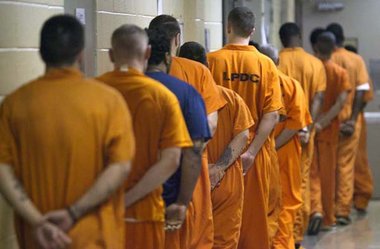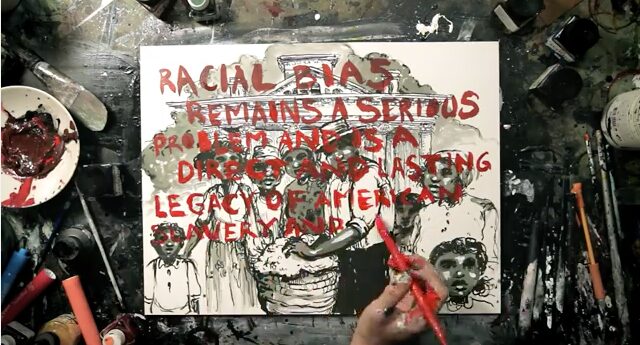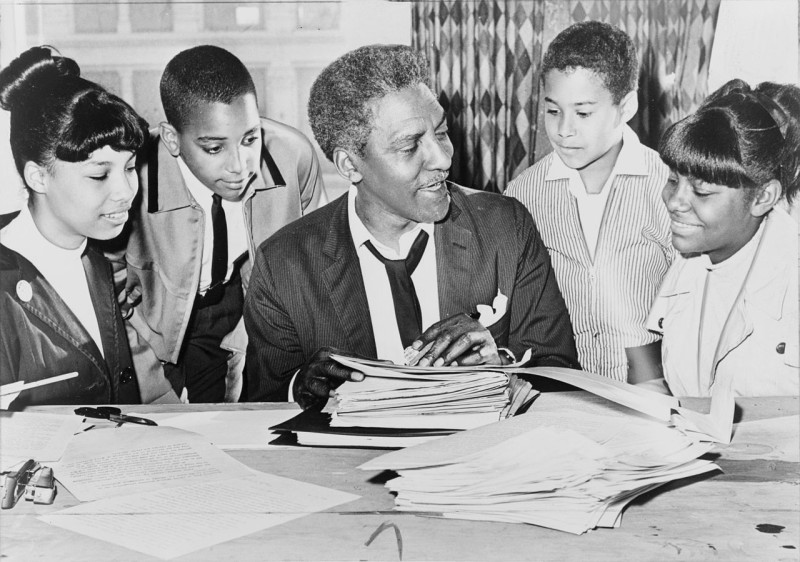Posts by dr_fran
ABHM featured on Milwaukee Public Television
The August 5, 2015 MPTV program Trippin’ includes a virtual visit to ABHM and describes the rich historical and contemporary resources to be found on the site. Three other Wisconsin museums that exhibit local and national black history are also visited.
Read MoreWar on Drugs – or War on Blacks?
The War on Drugs that began in the 1980s has led to an explosive mass incarceration of African Americans. This exhibit examines how and why.
Read More“Race” – The History of a Persistent Myth
For more than 400 years, the economic, social, and political behavior of Americans has been shaped by ideas about “races” and racial differences. Where did these powerful ideas come from – and are they true? How have your ideas about racial differences been affected?
Read MoreSundown Towns: Racial Segregation Past and Present
A sundown town is a community that for decades kept non-whites from living in it and was thus “all-white” on purpose. Sundown towns are rare in the South but common in the rest of the country. Learn why sundown cities, towns, suburbs, and neighborhoods developed–and how they continue to shape the lives and relationships of black and white Americans today.
Read More[ABHM] Lecture series asks ‘Do Black Lives Matter?’
ABHM Head Griot Reggie Jackson is interviewed about the origins of the devaluation of black lives in America. His four-session series covers a 400-year history of the laws, court decisions, customs, pseudo-science, medicine, policing, and other practices that justify and support that attitude that black lives do not matter.
Read MoreWhy Racial Injustice Persists Today: A Very Brief Video History
The myth of racial difference that was created to sustain slavery persists today. Slavery did not end in 1865, it evolved. This very brief video reveals how we got from slavery to today’s forms of racial injustice, such as mass incarceration.
Read MoreRacial Satire ‘White Squad’ Is Painfully Hilarious But All Too Real
A new, brilliant satire by MTV’s “Look Different” anti-bias campaign that tackles racial inequality that privileges white people and disadvantages people of color in everyday situations.
Read MorePoll Finds Most in U.S. Hold Dim View of Race Relations
In a New York Times poll, nearly six in 10 Americans think race relations are generally bad; four in 10 think the situation is getting worse.
Read MoreBayard Rustin: Unsung Architect of the Civil Rights Movement
Why haven’t more people heard about Bayard Rustin? Rustin organized sit-ins and freedom rides some twenty years before the 1960s Civil Rights Movement. He was the person who convinced Dr. King to use nonviolence in the Montgomery bus boycott, and he organized King’s 1963 March on Washington. Learn why Bayard Rustin remains an unsung hero despite his groundbreaking work over a long lifetime.
Read MoreTortuous History Traced in Sunken Slave Ship Found Off South Africa
In 1794, a Portuguese slave ship left Mozambique for a 7,000-mile voyage to Brazil and the sugar plantations that awaited its cargo of black men and women. Shackled in the ship’s hold were between 400 and 500 slaves, pressed flesh to flesh with their backs on the floor. With the exception of daily breaks to exercise, the slaves would spend the bulk of the estimated four-month journey in the dark of the hold.
The journey lasted only 24 days. The São José Paquete Africa came apart violently on two reefs not far from Cape Town. The captain, crew and half of the slaves survived. An estimated 212 slaves perished in the sea. The remnants of the São José have been found, right where the ship went down. It is the first time that the wreckage of a slaving ship that went down with slaves aboard has been recovered.
The new National Museum of African American History and Culture, which will open in 2016 on the National Mall in Washington DC, will house an exhibit of the ship and its cargo.
Read More







